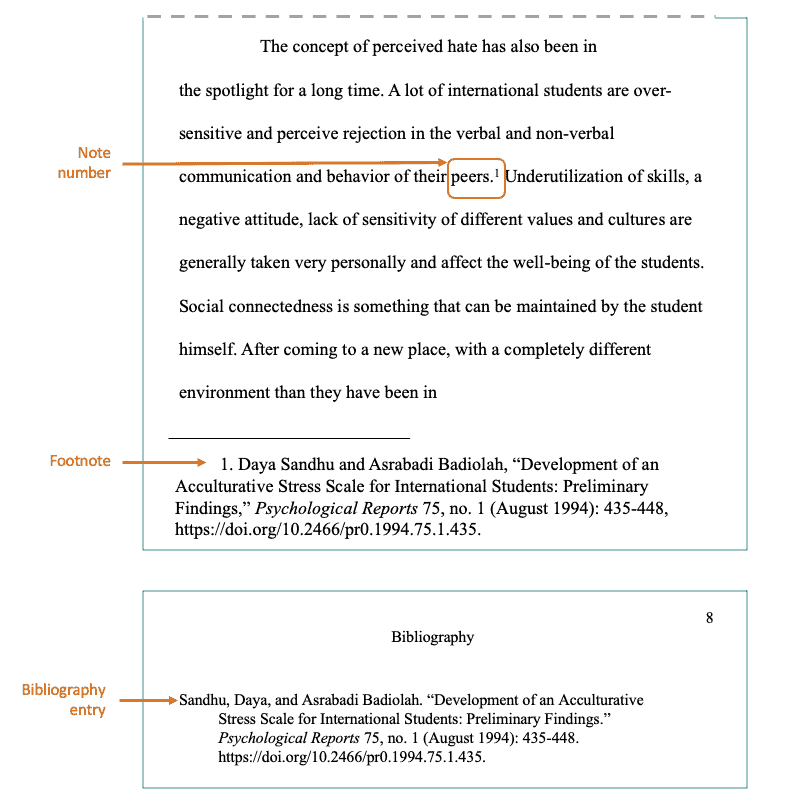
Cite right: a quick guide to citation styles-MLA, APA, Chicago, the sciences, professions, and more / Charles Lipson University of Chicago Press 2011 2nd ed.Library Level 9 Annexe (Gen Lit C300.F56 NEV2) The complete guide to referencing and avoiding plagiarism Colin Neville Open University Press 2010 2nd ed.The Library also has a number of general books on referencing which will include details of the most commonly used styles: MLA style manual and guide to scholarly publishing Oxford University Standard for Citation of Legal Authorities MHRA style guide: a handbook for authors and editors The big book of APA citations & referencesĪ manual for writers of research papers, theses, and dissertations: Chicago Style for students and researchersĬitations made simple: a student's guide to easy referencing.

For others, use the search box on the Library homepage to find style guides in the Library. For some of these, there is an online guide. These rules will be fully set out in a style guide/publication. It is important to follow these rules, and you must be consistent through your work. Once you know which referencing style you should use, there is a set of rules you must follow to create your references.

Consult your course handbook or moodle or ask your tutor. Your first step should be to find out which referencing style is used for your course. Referencing demonstrates that you've read relevant background literature for your research and allows you to provide authority for statements you make in your work.Įach piece of assessed work you submit should include accurate references.

It allows you to acknowledge the ideas or words of others if you use them in your work and helps you to avoid plagiarism. Referencing is an important part of academic writing.


 0 kommentar(er)
0 kommentar(er)
